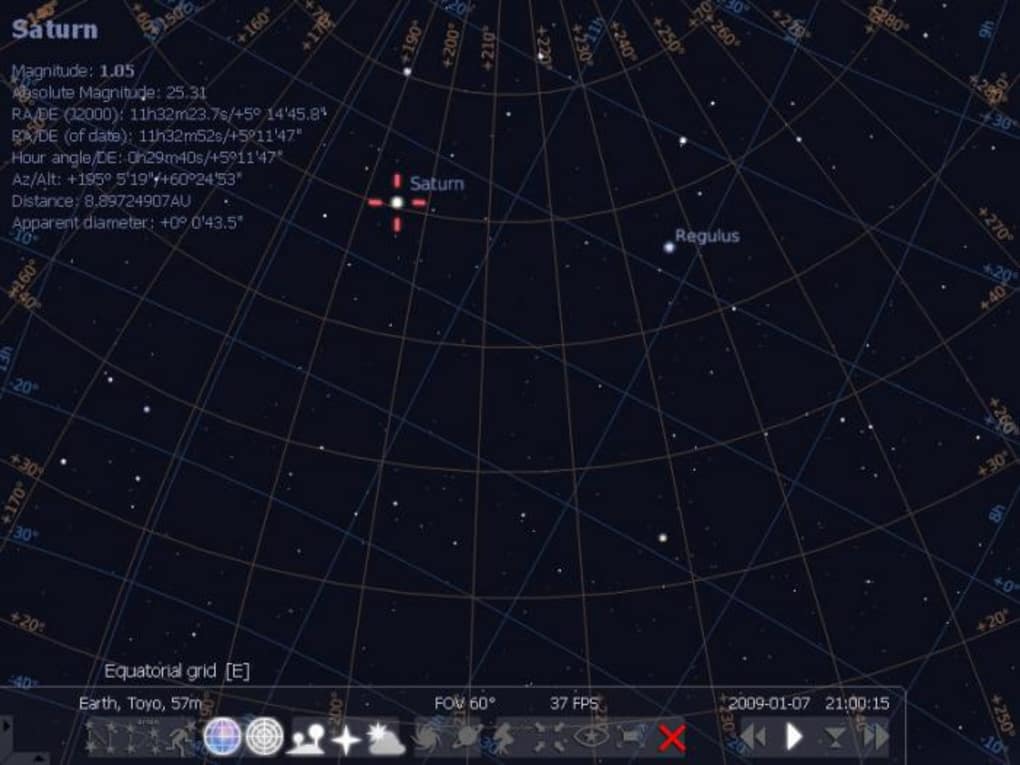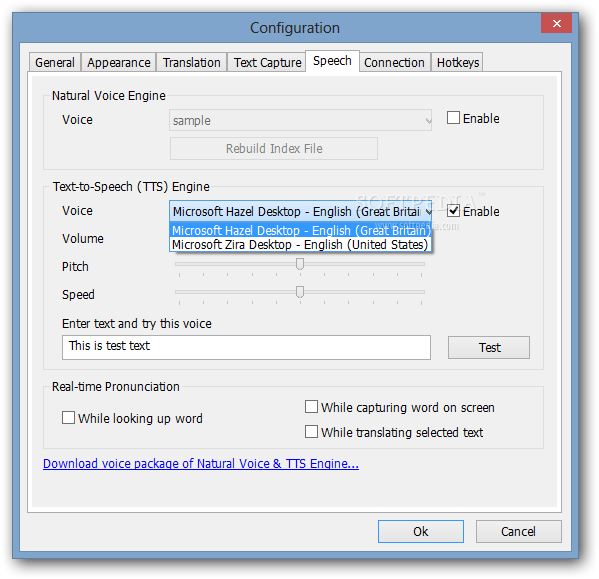

Show or hide specific objectsįurthermore, you can adjust the Milky Way brightness and make the program show the atmosphere, shooting stars and planet orbits, as well as view information about the celestial sphere (e.g.

You only need to set the date and time in the dedicated dialogs, and Stellarium automatically generates projections from that period. Examine past constellations easilyĪn interesting feature offered by this program is the possibility to travel back in time and see the constellations’ positions and other details on the sky. Plus, you can pick a location on the map and select the latitude, longitude, altitude and country to jump to it. The objects can be viewed with the use of a telescope, which can be configured in terms of name, focal length and diameter. Fill out information to examine specific objects

star, double star, cluster associated with nebulosity), magnitude, galactic longitude and latitude, parallax, distance, spectral type, and angle.

With just one click on the sky, you can get details about the aimed object, namely type (e.g.
#Stellarium portable full
Interactive 3D environment for celestial explorationĪs soon as you run the application, it opens in full screen mode. This open-source planetarium gives you details about celestial objects, simulates solar and lunar eclipses, and displays Messier objects and the Milky Way. Which isn't really a bad thing in itself, since all the detail the telescope is capable of capturing will still be there, but it would mean you'd be dealing with larger than.Stellarium is a comprehensive utility that helps users explore planets and constellations in a 3D environment. Svbony Sv205 + Meade Polaris 130 (D: 130mm - F: 650MM F/5.0 - help me pls!Ī camera like that is fine for lunar and planetary imaging, but if you're shooting at that resolution at that focal length, you might be going beyond the diffraction limit of telescope (which is about 1 arcsecond for a 130mm telescope). So for example, if you have a scope that can resolve 1 arcsecond, and if imaging at 1080. The smallest details (in terms of angular size) that any optical system can resolve is limited by the diameter of its aperture (among other things of course). The other thing you want to think about is the actual angular scale of each pixel, and whether it'd represent more detail than your optics are capable of capturing. Planetary imaging: Is frame rate more important than resolution? See if you can get exposed to other people's gear so you get a feel for what you like and go from there. Spend some time with those and join your local club. My personal recommendation is to get some basic but suitable binoculars and a star mapping app first. For a star map showing the positions of nearby stars in 3D, there's relatively limited interest at this time, and you'd have to dig into what various hobbyists are doing. In terms of RA & Dec, or alt-az at your current location/time, I'm partial to stuff like stellarium. Looking for a top-down map of the Milky Way. When shooting dark frames you need to do it right after doing your normal "light" frames while still out on location so. The rough part with this is that in this case you'd have to take another 33 minute exposure with the lens cap on.
#Stellarium portable software
I'm getting these bright noise spots in my long exposure (33 Minute Bulb) is there something wrong with my camera or is it just normal?īasically it is just taking black images with the same exact settings but with your lens cap on and using a stacking software like stellarium that will cancel out these hot pixels.


 0 kommentar(er)
0 kommentar(er)
